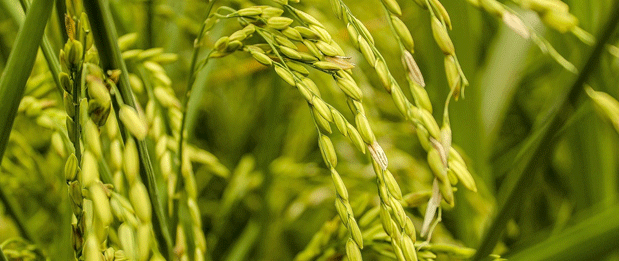Russia’s rice industry is undergoing a significant expansion, with plans to increase the country’s rice acreage by nearly 70,000 hectares over the next five years. As of 2024, rice production in Russia reached a record-breaking 1.2 million tons, and this growth has allowed wholesale rice prices to remain at 2022 levels. The Russian Ministry of Agriculture, citing the National Rice Union’s Igor Lobach, revealed that rice-growing areas are set to expand from the current 207,000 hectares to 275,000 hectares by 2029. This expansion will primarily take place in the Astrakhan region and Primorsky Krai, two areas known for their favorable conditions for rice cultivation.
The long-term goal is even more ambitious: by 2030, Russia aims to produce 2 million tons of rice annually, fully meeting its domestic demand and establishing a strong export capacity. This plan is part of a broader strategy to enhance the resilience and competitiveness of Russia’s rice industry.
Currently, nearly two-thirds of Russia’s rice is grown in Krasnodar Krai, where the 2024 harvest reached 829,000 tons. Rice is also cultivated in regions such as Dagestan, Rostov Oblast, Chechnya, and Primorsky Krai. With an emphasis on improving rice yields by 10 centners per hectare, Russian farmers are adopting advanced cultivation techniques and optimized farming practices to achieve these production targets.
Despite the expected increase in production, rice prices in Russia are likely to decline further in the short term before stabilizing. According to the Institute for Agricultural Market Studies (IKAR), the combination of a bumper harvest and export restrictions will exert downward pressure on prices. However, imported rice, which remains more expensive than domestically grown varieties, will prevent prices from falling drastically. Imported rice in 2024 is expected to be 35% more expensive than Russian rice, with India continuing to be the largest supplier of rice to Russia.
The key factors behind the rising price of imported rice include higher global prices and a stronger US dollar, which makes foreign rice significantly more costly. Despite these challenges, Russia’s increasing domestic production is expected to ensure a stable supply and a more competitive rice market in the years ahead.
Russia’s rice industry is poised for substantial growth, with an ambitious plan to increase cultivation and improve yields. This expansion will not only bolster the country’s rice self-sufficiency but also position Russia as a more significant player in the global rice market. Farmers and agricultural professionals will need to adapt to the evolving landscape, embracing new technologies and techniques to meet the rising demand for high-quality rice.
Error




